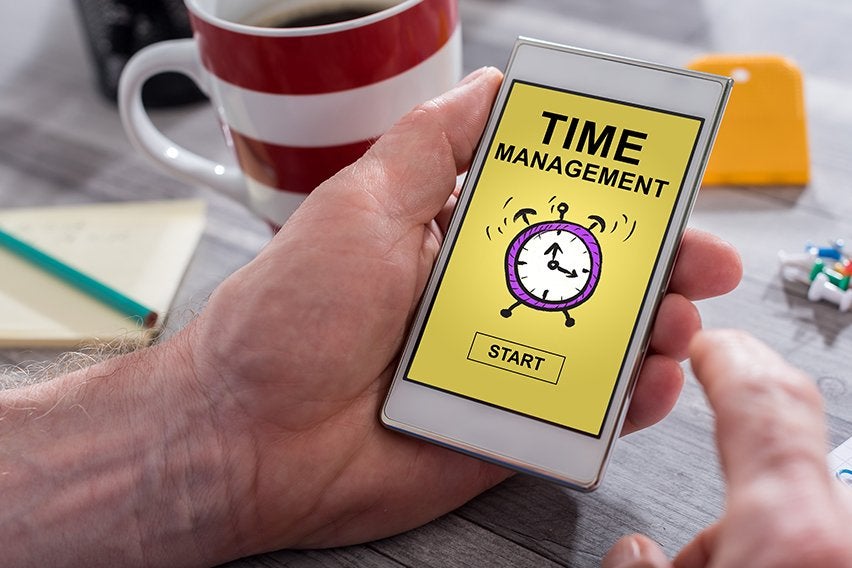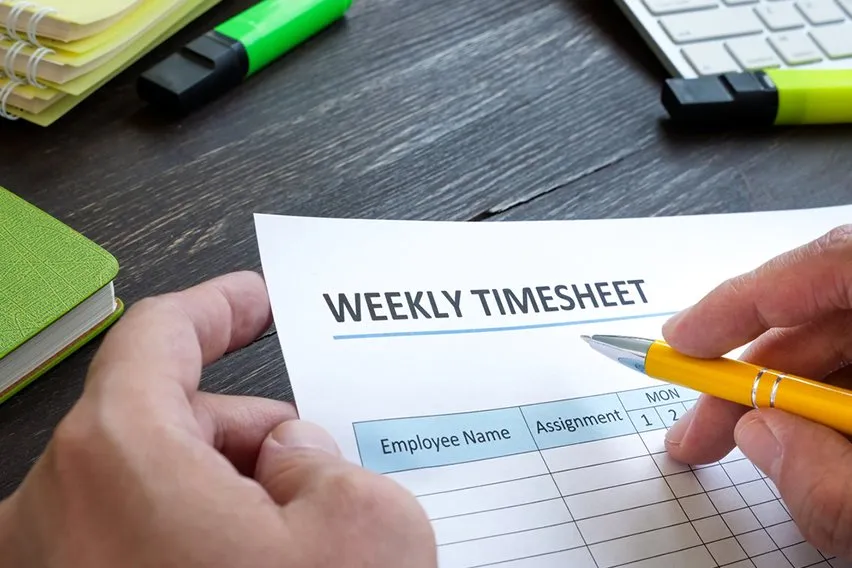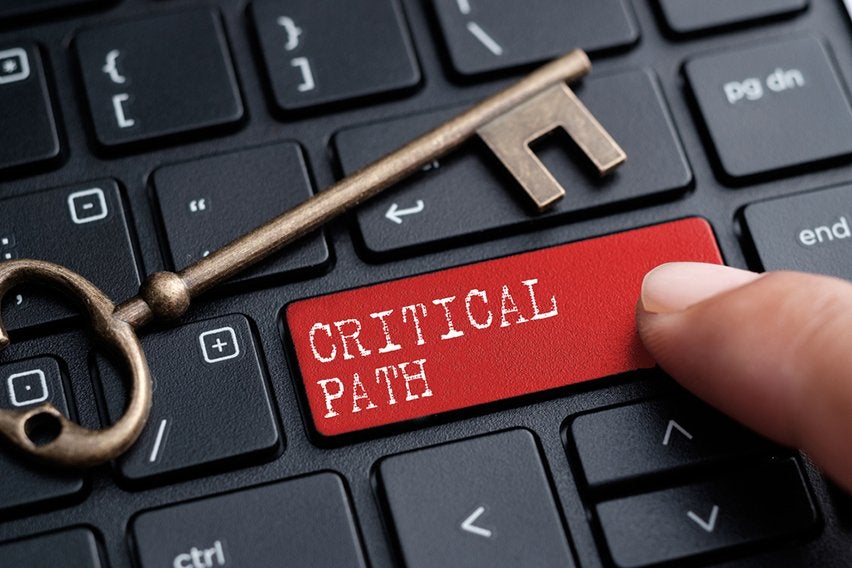A Guide on What Is Timeboxing and How to Use It

Time is a valuable resource in business.
As Jim Rohn once said, “Time is more valuable than money. You can get more money, but you cannot get more time”.
When you’re working on a project and there are no boundaries on your time, it’s easy for things to get out of hand. Things that should take 30 minutes can end up taking hours. Things that should take hours, end up taking days.
That’s where time management comes in. One such time management tool is “Timeboxing”. But what is timeboxing? And how do you use it?
We’ll walk you through the definition of time management, explain timeboxing and give you some examples on how to effectively use it.
Here’s What We’ll Cover:
What Is Time Management?
Time management is the process of planning and organizing your time between specific tasks or activities.
Being able to effectively manage your time means that you and your team can work smarter, not harder. This means that you can get tasks done to the same level of quality but in less time.
When the pressure is on, efficiently dividing your time between tasks can make a difficult task easier and less stressful. But if you fail to manage your time, you can damage your effectiveness and cause undue stress.

What Is Timeboxing?
Timeboxing is a time management technique that aims to help you implement time constraints. This is to increase productivity and reduce time wasted.
It’s a goal-oriented strategy that allows you to allocate chunks of time within a certain time frame to complete individual tasks. These chunks of time are called a “timebox”.
The main advantage of timeboxing is that it allows you to be specific about where you’re spending your time. It helps reduce open-ended or ambiguous tasks. This is so that you can reduce the time spent talking about your work rather than doing it.
Timeboxing can be used to define individual tasks. You can organize yours and your team’s schedule and manage meetings more effectively.
When collaborating as a team, you need insight into what each member of the team is working on and when work is due. Therefore, timeboxing is best used alongside time management or time tracking tools.
The Two Types of Timeboxing
Before getting started with timeboxing, you’ll need to decide what type of timebox you want to use.
1. A Hard Timebox
A hard timebox is a timeboxing technique that means you have to stop the allocated task or activity once the time limit is up. This is a strict rule that means all activities must stop, even if they haven’t been successfully completed.
A hard timebox is especially useful if you or your team suffer from perfectionism. It helps to stop you from revisiting already completed tasks.
They are also very useful for team meetings which have a tendency to drag on longer than they should. It means you can tick every item off of the predefined agenda without wasting time.

2. A Soft Timebox
A soft timebox is a more flexible timeboxing technique than hard timeboxing.
The time period allocated towards a task in a soft timebox can be thought of as more of a suggestion. This means that you can revisit the timeframe and add extra time if necessary.
This is useful for particularly difficult projects or for work that is unfamiliar to the team. This is because you may not have a concrete idea of how long the task will take.
By soft timeboxing meetings, you can effectively stay on track. It allows you to not interrupt the conversation in the way that a hard timebox might.
A soft timebox allows your team to work in a more flexible way whilst still giving a rough structure.
Key Takeaways
Timeboxing is an efficient and impactful project management tool.
By combining both timeboxing and time management tools, you can effectively manage your team’s schedule. This will help keep your project goals on track.
One of the major benefits of timeboxing is that it allows you to be more specific about your work. It can help increase focus, give a sense of urgency and help establish a predictable work schedule.
This will mean your project can be completed in a timely manner and to the best of your team’s ability.
Are you looking for more business advice on everything from starting a new business to new business practices?
Then check out the FreshBooks Resource Hub.
RELATED ARTICLES
 How to Fill Out a Timesheet of Employees Correctly
How to Fill Out a Timesheet of Employees Correctly What Is a Warehouse? Definition & Important Elements
What Is a Warehouse? Definition & Important Elements Top 5 Warehouse KPIs You Should Start Tracking
Top 5 Warehouse KPIs You Should Start Tracking 3 Better Alternatives to SWOT Analysis for Business Planning
3 Better Alternatives to SWOT Analysis for Business Planning How to Find the Critical Path: The Ultimate Guide to Calculate
How to Find the Critical Path: The Ultimate Guide to Calculate 4 Best Recurring And Subscription Billing Software
4 Best Recurring And Subscription Billing Software